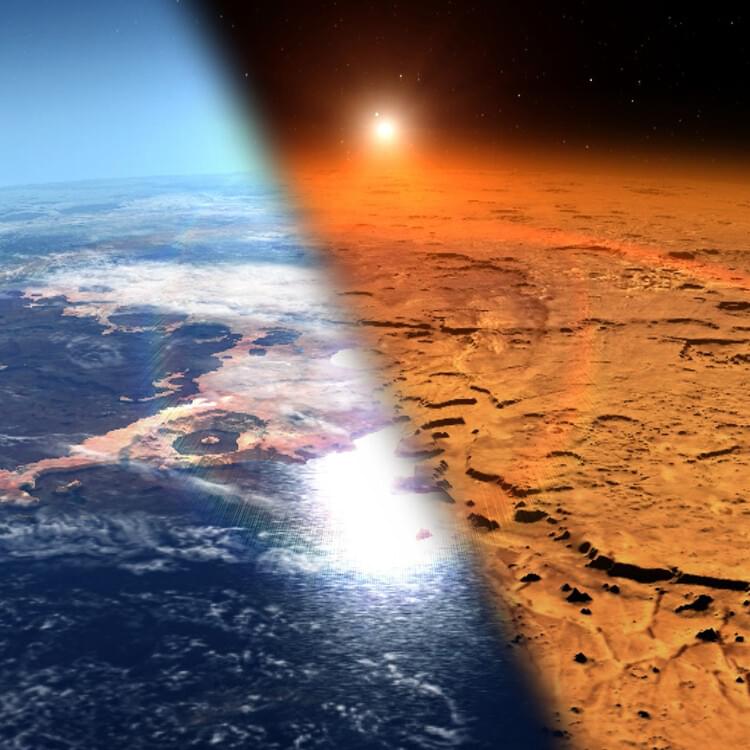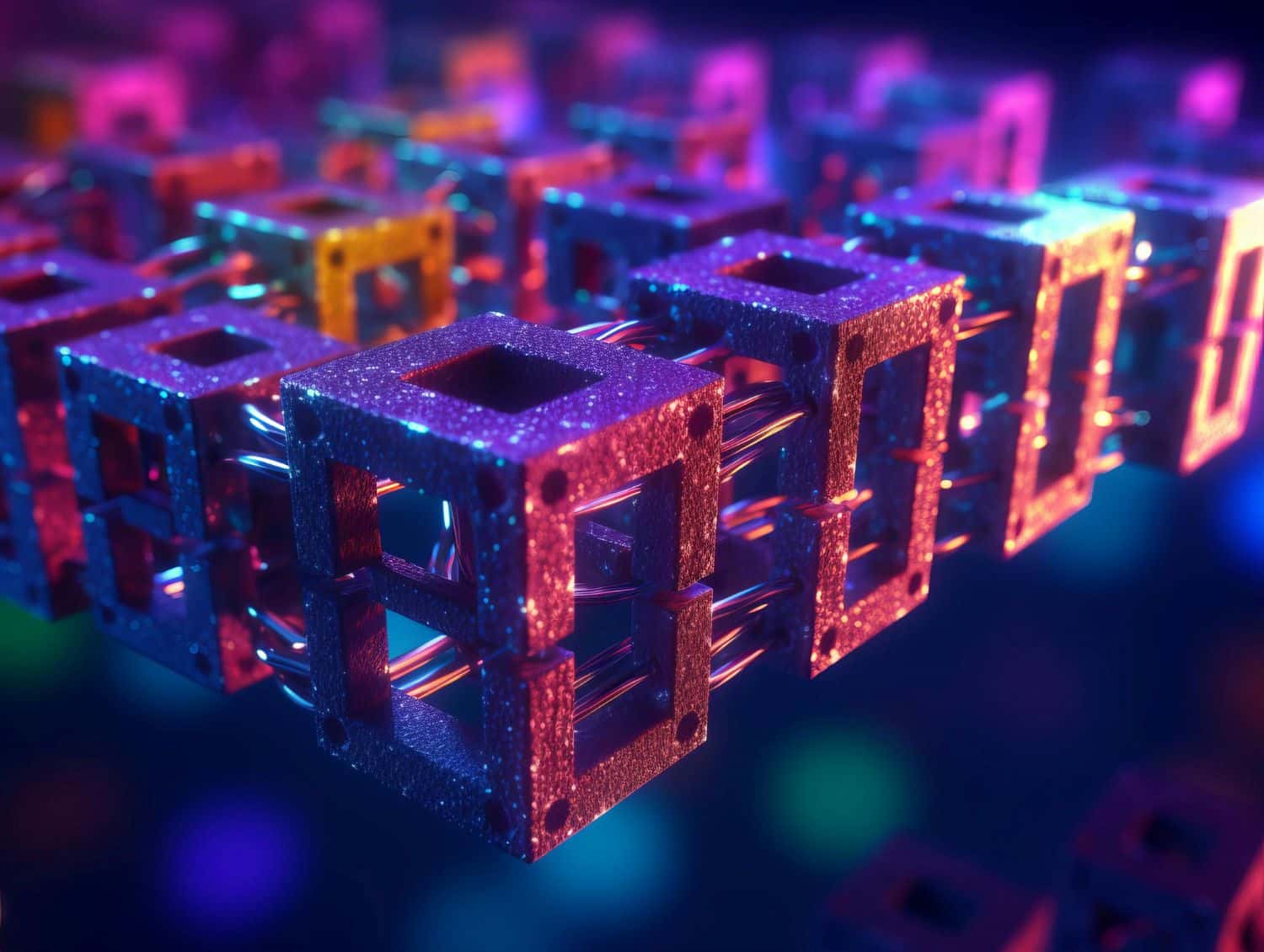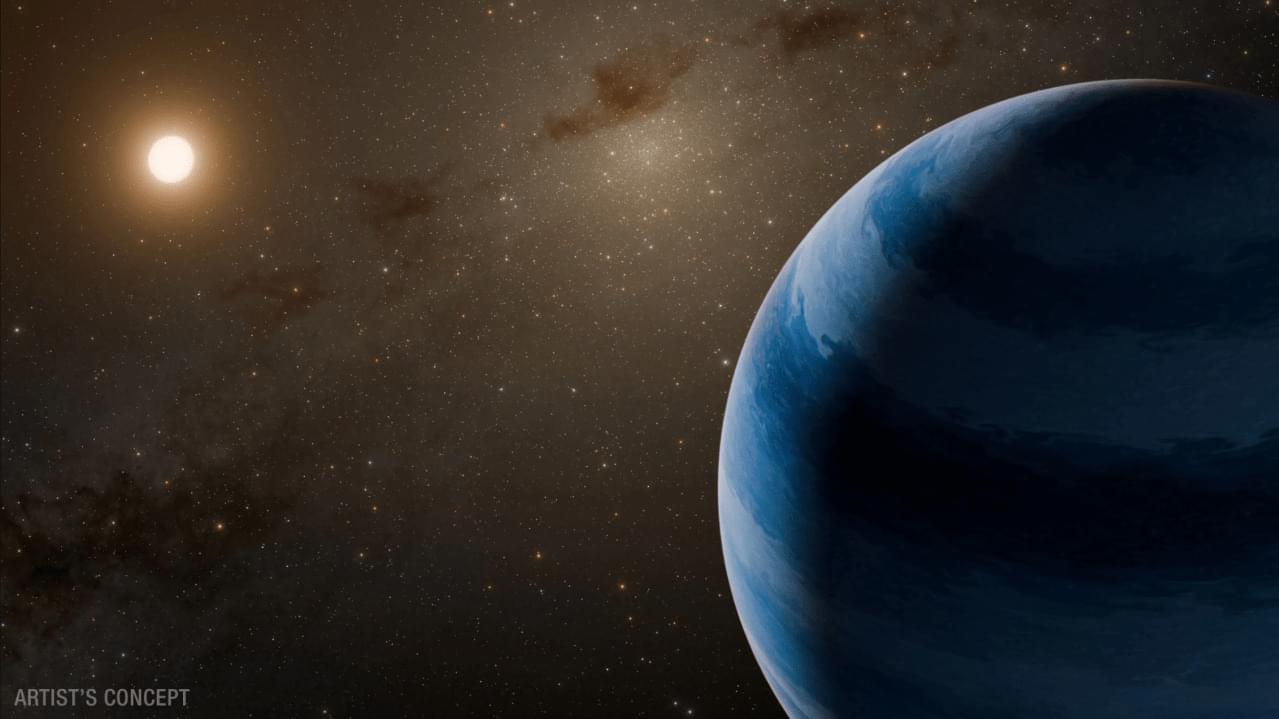Luckily “false vacuum decay” would take millions of years to occur, if it happens at all.




For centuries, the I-Ching, or Book of Changes, has fascinated scholars, mystics, and seekers alike. It is often considered a mere divination tool, a mystical means of interpreting the world through the casting of hexagrams.
But what if the I-Ching is something more? What if it operates as a structured probability space, exhibiting patterns and behaviors reminiscent of quantum mechanics?
Our latest research suggests that the I-Ching might not be a random oracle but instead a system governed by deep mathematical structures.
Get a Wonderful Person Tee: https://teespring.com/stores/whatdamath.
More cool designs are on Amazon: https://amzn.to/3QFIrFX
Alternatively, PayPal donations can be sent here: http://paypal.me/whatdamath.
Hello and welcome! My name is Anton and in this video, we will talk about the discovery of the most massive superstructure in the nearby universe — Quipu.
https://arxiv.org/abs/2501.19236
Bohringer et al., Astronomy and Astrophysics, 2025
https://en.wikipedia.org/wiki/Sachs%E2%80%93Wolfe_effect.
Similar videos:
https://youtu.be/wp8zHG1g7bc.
#quipu #superstructure #cosmos.
0:00 Largest superstructure in the universe — Quipu.
0:45 Laniakea discovery of 2014
1:25 Shapley concentration.
2:35 Cosmological issues: Hubble Tension and S8 tension.
3:45 New study mapping galaxies and the discovery.
5:15 Additional findings and implications.
6:25 What is this though?
7:20 Confirming predictions and how this was found.
8:40 What’s next?
Support this channel on Patreon to help me make this a full time job:
https://www.patreon.com/whatdamath.
Bitcoin/Ethereum to spare? Donate them here to help this channel grow!
bc1qnkl3nk0zt7w0xzrgur9pnkcduj7a3xxllcn7d4
or ETH: 0x60f088B10b03115405d313f964BeA93eF0Bd3DbF
Space Engine is available for free here: http://spaceengine.org.

How fast can solar systems orbit our Milky Way Galaxy? This is what a recent study published in The Astronomical Journal hopes to address as an international team of researchers confirmed the existence of a star and exoplanet companion orbiting within the Milky Way’s galactic bulge that could be the fastest orbiting exoplanet system ever found. This study has the potential to help scientists better understand the formation and evolution of exoplanetary systems throughout the Milky Way and potentially beyond.
For the study, the researchers analyzed data from a 2011 study published in The Astrophysical Journal comprised of some of the same team that used the microlensing method to identify the existence of two objects orbiting near the Milky Way’s galactic bulge, which is a region containing a high-density number of stars. At the time, those researchers hypothesized the objects were either a gas giant with an exomoon or a fast-moving exoplanetary system. The researchers on this recent study deduced that the objects consisted of a star approximately 20 percent the size of our Sun and an exoplanet approximately 30 times the size of Earth.
But the surprise was finding out the pair’s speed by comparing their 2011 location to its 2021 location, which the team estimated is traveling at approximately 600 kilometers per second (372 miles per second), or approximately 2.1 kilometers per hour (1.3 million miles per hour). At this speed, the objects will leave the Milky Way millions of years from now since it surpasses our galaxy’s escape velocity. For context, our solar system is orbiting our Milky Way at approximately 828,000 kilometers per hour (515,000 miles per hour).

Space and cooling limitations restrict the number of usable qubits. However, researchers believe connecting two qubits in separate dilution refrigerators using an optical fiber is now possible.
“The infrastructure is available, and we can now build the first simple quantum computing networks,” says Arnold.
While the ISTA physicists have made significant progress in developing superconducting quantum hardware, more work is needed. Their prototype has limited performance, especially in terms of optical power. Nevertheless, it proves that a fully optical readout of superconducting qubits is possible, and further advancements will depend on the industry.


Scientists have detected cosmic waves that sound like birds chirping in an unexpected place.
These bursts of plasma, called chorus waves, ripple at the same frequency as human hearing. When converted to audio signals, their sharp notes mimic high-pitched bird calls.
Researchers have captured such sounds in space before, but now they have sensed the chirping waves from much farther away: over 62,000 miles (100,000 kilometers) from Earth, where they’ve never been measured before.

How does a star’s activity influence exoplanet data obtained by scientists? This is what a recent study published in The Astrophysical Journal Supplement Series hopes to address as a team of researchers at University College London (UCL) investigated how stellar activity, specifically star spots, could be “contaminating” exoplanet data, specifically exoplanet atmospheric data. This study has the potential to help astronomers develop more efficient methods for studying exoplanets and their atmospheres, specifically with the number of confirmed exoplanets increasing regularly.
For the study, the researchers used NASA’s Hubble Space Telescope to analyze data from 20 gas giant exoplanets ranging in size between Neptune-like and hot-Jupiter that transited their respective parent stars. To obtain a more complete dataset, the team observed the exoplanets from optical to near-infrared wavelengths. In the end, they discovered a broad range of “stellar contamination”, meaning stellar activity was influencing the exoplanet data, specifically regarding the atmospheric compositions and temperatures. For example, the results indicated that the number of specific molecules had errors as high as 6 orders of magnitude while temperatures had errors as high as 145 percent.
“Hotter, brighter regions (faculae) emit more light and so, for instance, if a planet passes in front of the hottest part of the star, this might lead researchers to over-estimate how large the planet is, as it will seem to block out more of the star’s light, or they might infer the planet is hotter than it is or has a denser atmosphere. The reverse is true if the planet passes in front of a cold starspot, making the planet appear ‘smaller’,” said Alexandra (Alex) Thompson, who is a PhD student in UCL’s Department of Physics & Astronomy and a co-author on the study.

SPACE (KXAN) — A star flying through the night sky may be the fastest-moving solar system in our galaxy. Possibly a planet a little larger than Neptune orbiting a small star, the system could be moving at least 1.2 million miles per hour, according to NASA.
First discovered in 2011, the system was included in a research project led by Sean Terry with the University of Maryland, College Park, and NASA’s Goddard Space Flight Center. Terry’s paper on the star was published in February in The Astronomical Journal.
“We think this is a so-called super-Neptune world orbiting a low-mass star at a distance that would lie between the orbits of Venus and Earth if it were in our solar system,” Terry said in a press release from NASA.